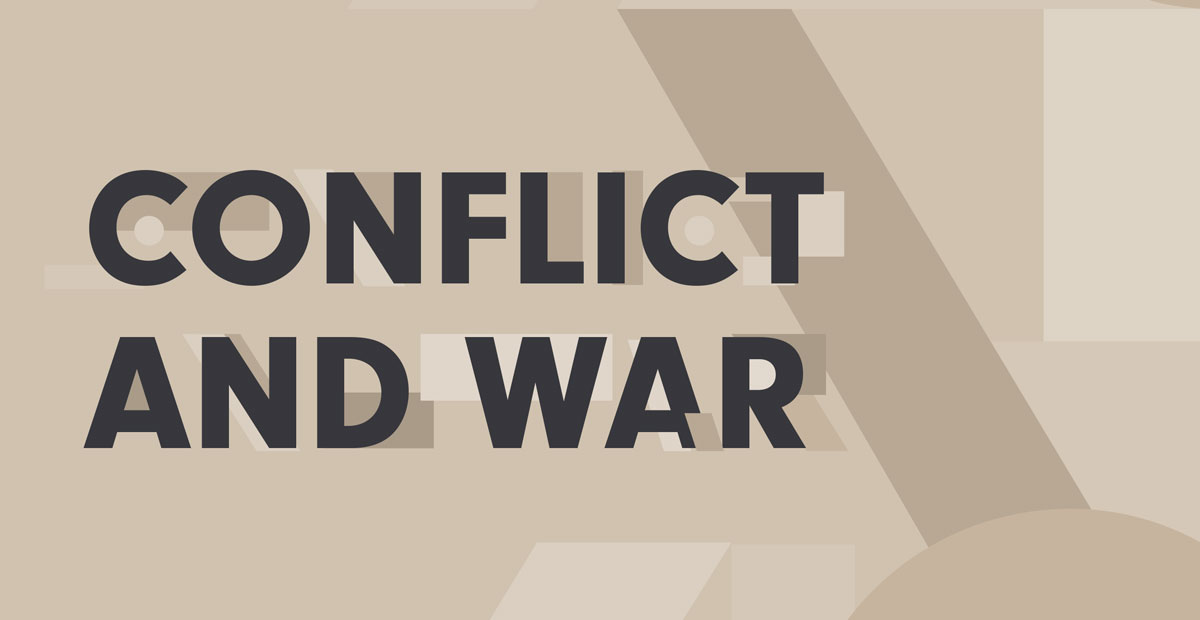 Ce blog fait partie de la série « Établir des liens ». Chaque blog se concentre sur une forme particulière de violence.
Ce blog fait partie de la série « Établir des liens ». Chaque blog se concentre sur une forme particulière de violence.
Cette année, Equimundo et Oak Foundation ont lancé Normes masculines et violence : établir des liens, un nouveau rapport examinant les liens entre les normes masculines néfastes et huit formes de comportement violent.
Bien que le fait d'être un homme n'ait rien d'inhérent à la violence, la manière dont nous socialisons les garçons dans leur identité d'homme et ce que nous attendons d'eux – c'est-à-dire les normes masculines de la société – sont indéniablement liés à la violence. En effet, les garçons et les hommes sont souvent élevés, socialisés et encouragés à recourir à la violence sous une forme ou une autre ; dans l'ensemble, les hommes et les garçons sont plus susceptibles de commettre la plupart des formes de violence et de mourir par homicide ou suicide. Cependant, les recherches confirment que cette violence est évitable, que l'égalité des sexes est réalisable et que les normes et idées non violentes sur la virilité sont répandues et puissantes.
Ce huitième et dernier blog de la Établir les connexions La série se concentre sur les conflits et la guerre. Elle analyse les faits sur ce sujet, ses liens avec d'autres formes de violence et propose des recommandations d'action.
Conflits et guerres
Les faits
Les hommes sont plus susceptibles que les femmes de mourir des suites directes d'un conflit armé. Cependant, ces morts violentes ne constituent pas les seuls décès associés aux conflits actifs, ni même une proportion importante de ces décès, et certaines données suggèrent que la majorité des décès liés aux conflits actifs, si l'on tient compte des conséquences indirectes, concernent des femmes et des enfants.
L'engagement dans l'armée ou les milices est également une caractéristique masculine. Même parmi les hommes qui s'engagent volontairement dans l'armée ou rejoignent une milice ou un groupe rebelle, une certaine coercition, fondée sur une masculinité hégémonique, est à l'œuvre.
Le lien
Certains chercheurs suggèrent que c'est l'exclusion sociale des jeunes hommes, plutôt que leur nature intrinsèque ou leur nombre, qui pourrait les conduire à un comportement violent.
La violence, les conflits et la guerre ne sont pas uniquement liés aux hommes ou aux masculinités. De plus, ces rôles ne doivent pas être considérés comme statiques. Au contraire, les données montrent que les femmes assument des rôles masculins en temps de guerre, notamment en participant aux combats.
La culture militaire/militarisée est ancrée dans une hiérarchie genrée où le masculin est valorisé au détriment du féminin. La militarisation traditionnelle repose sur l'agressivité et l'esprit d'aventure, liés à des représentations de masculinité hégémonique, assimilant « être un homme » à la conquête, à la défense et à la volonté de tuer. Ainsi, la militarisation et la construction sociale de masculinités violentes sont des processus de renforcement et de co-dépendance.
L'objectification, la déshumanisation (y compris la féminisation des combattants ennemis) et l'altérisation sont essentielles à la formation de soldats masculins prêts à tuer, et les normes masculines se sont avérées être des vecteurs efficaces pour y parvenir. L'impérialisme, la colonisation et la domination d'autres cultures sont considérés comme justifiés, voire nécessaires, par des cultures qui créent des identités hiérarchiques où l'homme hégémonique domine, positionnant les identités masculines non hégémoniques comme inférieures et devant être contrôlées.
La répression de l'empathie et des liens sociaux est également un objectif commun de la militarisation et de la masculinité hégémonique. Les recherches montrent également que le viol lié aux conflits résulte d'une production spécifique de masculinité, favorisée précisément par son utilité dans la domination politique.
Les intersections
De nombreux facteurs contribuent à l'engagement des hommes dans les conflits violents, notamment des facteurs structurels, contextuels, individuels et psychosociaux. Parmi ceux-ci figurent la frustration économique (liée à l'attente sociale selon laquelle les hommes doivent subvenir aux besoins financiers), l'exposition précoce à la violence, l'endoctrinement traumatique et les multiples façons dont les militaires sont surestimés dans un contexte donné.
Le manque d’emploi et de mobilité sociale peut amener les jeunes hommes à rejoindre des conflits armés comme moyen d’obtenir des richesses, comme rébellion contre les classes dirigeantes ou en raison de leur vulnérabilité sociale.
De la théorie à la pratique
Il est encore rare que les opérations de maintien de la paix et les opérations humanitaires intègrent une prise en compte des questions de genre, et encore moins des approches transformatrices en matière de genre. Les initiatives visant à prévenir les conflits et les guerres devraient se concentrer sur les transformations suivantes des normes masculines néfastes :
- Offrir aux jeunes hommes des opportunités de moyens de subsistance non violents et des voies vers la reconnaissance sociale.
- Discutez, modélisez et encouragez des formes alternatives de masculinité non violentes qui valorisent l’expression émotionnelle, la construction communautaire et l’humanisation de « l’autre ».
- Engagez les hommes et les garçons – ainsi que les femmes et les filles – dans des discussions sur les normes de genre traditionnelles, la violence et l’armée en tant qu’espace genré.
Lire le reste de la Établir les connexionsSérie de blogs pour en savoir plus sur la violence conjugale, la violence physique contre les enfants, les abus et l’exploitation sexuels des enfants, l’intimidation, l’homicide et les crimes violents, la violence sexuelle entre personnes non partenaires et le suicide.
